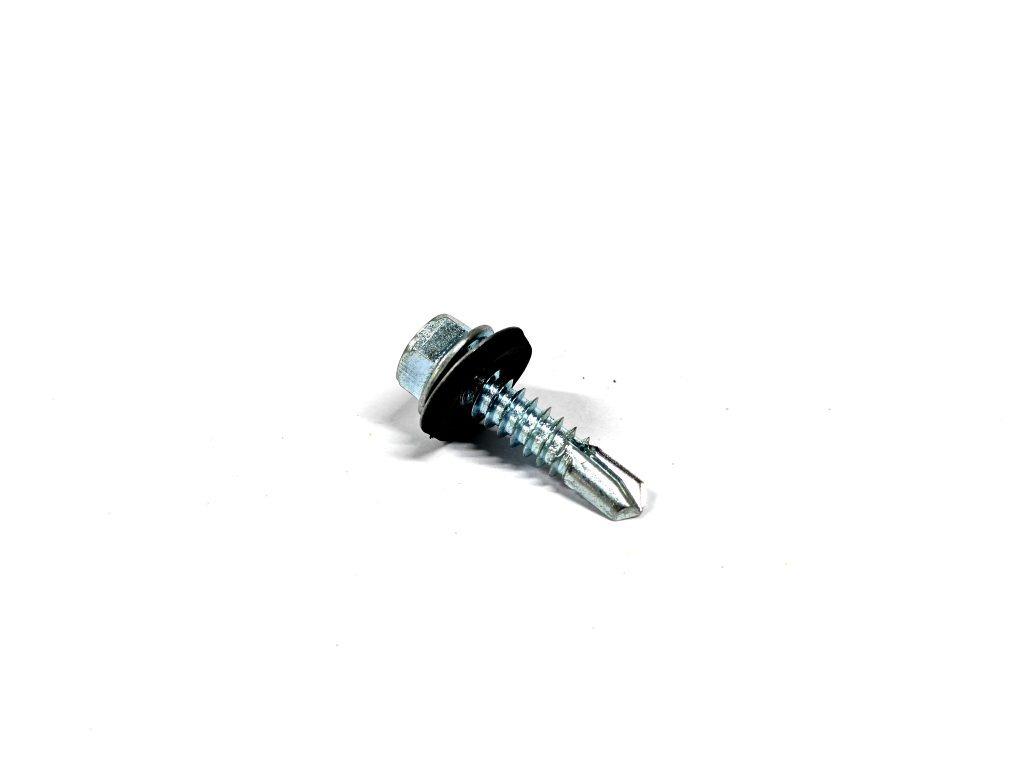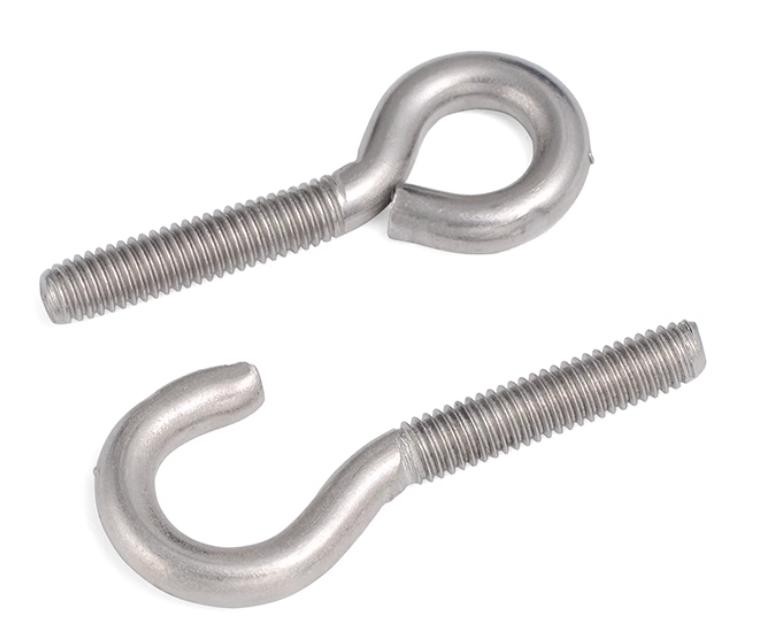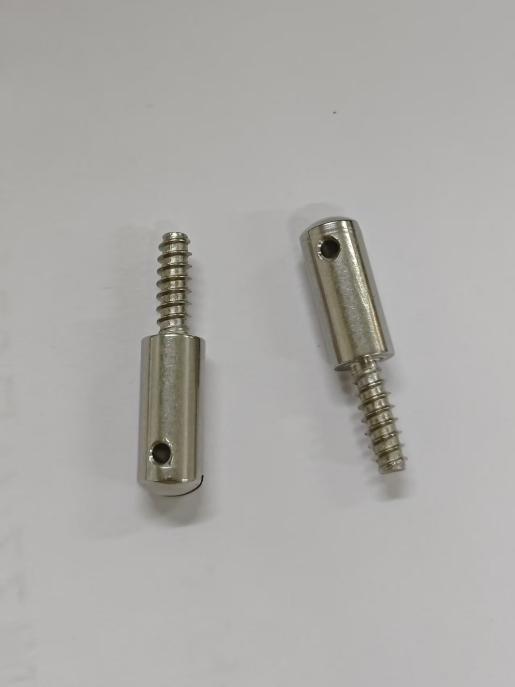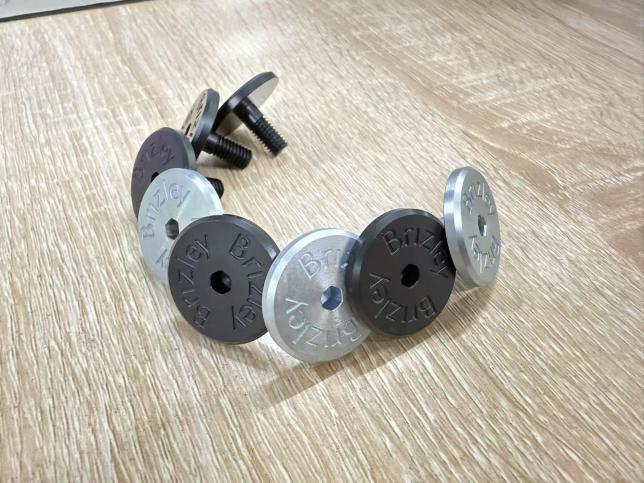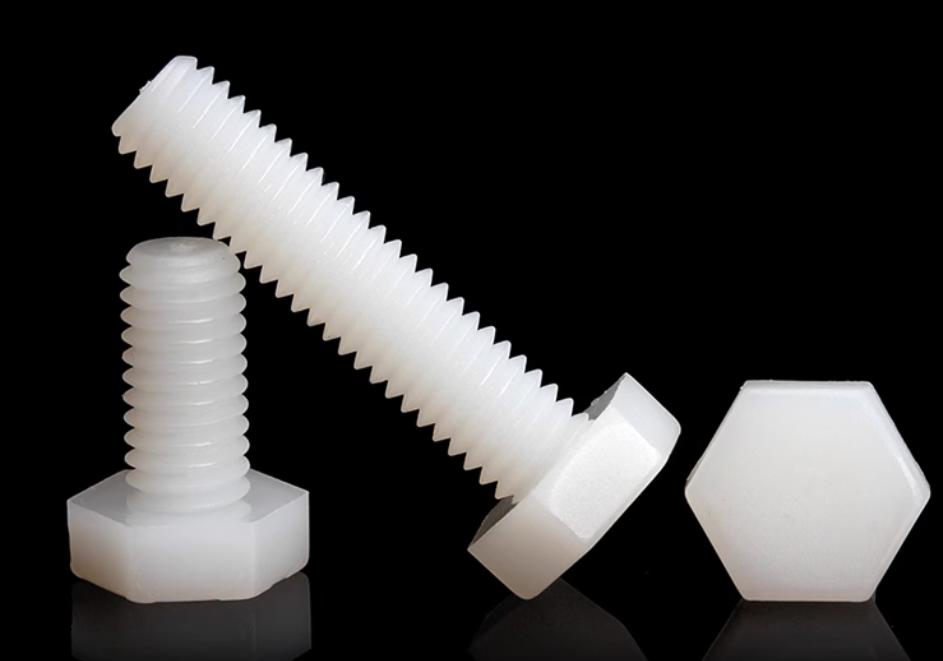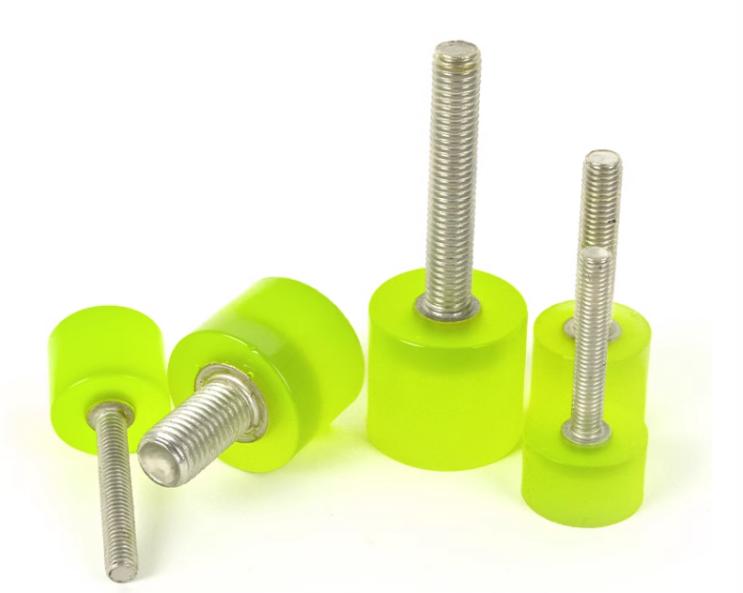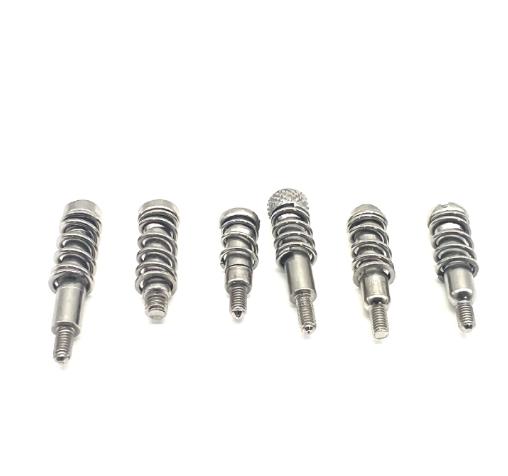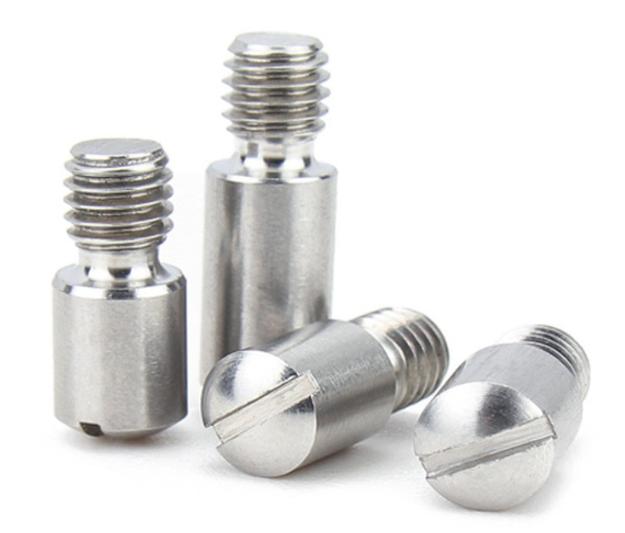Why Screws Have Different Colors: A Comprehensive Guide to Screw Surface Treatment Methods
Screws are one of the most common types of fasteners used in a wide range of applications, from construction and manufacturing to electronics and automotive. The surface treatment of screws can play a significant role in their appearance, performance, and durability. Screws can be found in a variety of colors, each of which corresponds to a different surface treatment method.
In this article, we will discuss the different types of screw surface treatment methods in detail, including their advantages and disadvantages. We will also explain how the color of a screw can be indicative of its surface treatment method.
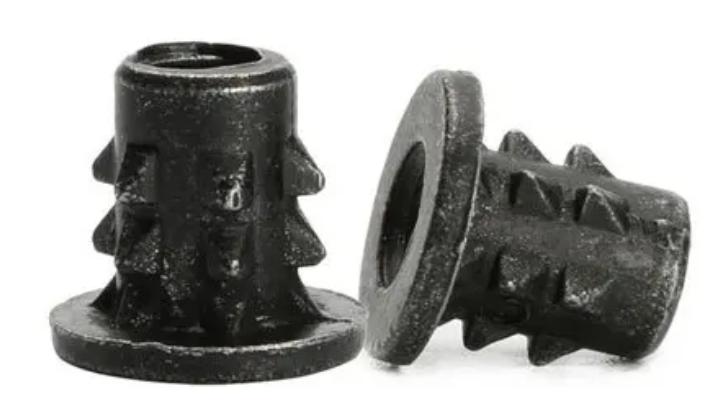
6 Main Screw Surface Treatment Methods
The following are the most common screw surface treatment methods:
1. Oxidation (Blackening)
Oxidation is the simplest and most affordable method of screw surface treatment. It involves heating the screw in a solution of oxidizing chemicals, such as sodium nitrate or potassium dichromate. This creates a black or blue-black layer on the screw surface, which is typically referred to as blacking.
Oxidation provides no corrosion protection, and the blackened layer can easily be scratched or worn off. However, it can be used to improve the appearance of screws and to reduce their glare.
2. Phosphating
Phosphating is a more durable and corrosion-resistant surface treatment method than oxidation. It involves immersing the screw in a bath of phosphoric acid and phosphate salts. This creates a phosphate layer on the screw surface, which is typically gray in color.
Phosphating provides good corrosion protection for screws that will be used in mild environments. However, it is not suitable for screws that will be exposed to harsh chemicals or extreme weather conditions.
3. Electroplating
Electroplating is a surface treatment method that uses an electric current to deposit a thin layer of metal on the screw surface. The most common type of electroplating used for screws is zinc plating. Zinc plating provides good corrosion protection for screws that will be used in a variety of environments.
However, zinc plating can be susceptible to hydrogen embrittlement, which can reduce the strength of the screw. To avoid hydrogen embrittlement, screws should be baked after electroplating.
Other types of electroplating that can be used for screws include nickel plating, chrome plating, and silver plating. These types of electroplating can provide additional corrosion protection, wear resistance, and aesthetic appeal. However, they are also more expensive than zinc plating.
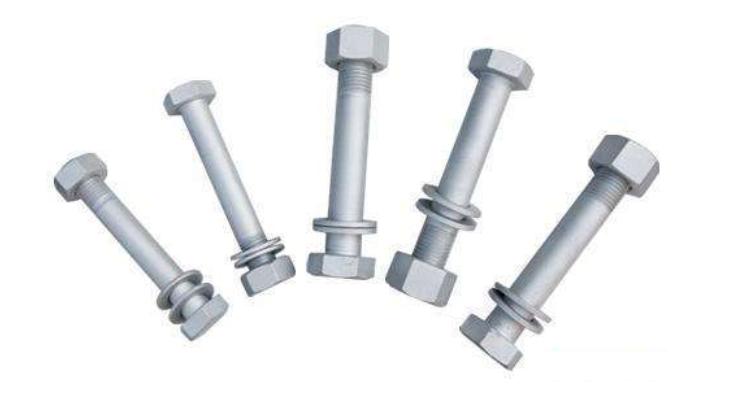
4. Hot-Dip Galvanizing
Hot-dip galvanizing is a surface treatment method that involves immersing the screw in a bath of molten zinc. This creates a thick and durable zinc coating on the screw surface.
Hot-dip galvanizing provides excellent corrosion protection for screws that will be used in harsh environments, such as outdoor applications or applications where the screws will be exposed to chemicals. However, it is also the most expensive surface treatment method.
5. Zinc-Nickel Alloy Plating
Zinc-nickel alloy plating is a surface treatment method that uses an electric current to deposit a thin layer of zinc-nickel alloy on the screw surface. Zinc-nickel alloy plating provides excellent corrosion protection and wear resistance. It is also less susceptible to hydrogen embrittlement than zinc plating.
Zinc-nickel alloy plating is a more expensive surface treatment method than zinc plating, but it is often used for critical applications where high corrosion protection and wear resistance are required.
6. Duracoat
Duracoat is a proprietary surface treatment method that is similar to hot-dip galvanizing. However, Duracoat uses a zinc-aluminum-chromate coating instead of a pure zinc coating. This results in a coating that is more corrosion resistant and has a better appearance than hot-dip galvanizing.
Duracoat is a more expensive surface treatment method than zinc plating, but it is often used for critical applications where the highest level of corrosion protection is required.
Colors of Screw Surface Treatment Methods
The color of a screw is not necessarily an indication of its surface treatment method. For example, a black screw can be either oxidized or zinc-nickel alloy plated. Similarly, a silver screw can be either zinc-plated or nickel plated.
It is important to consult the manufacturer’s specifications to determine the surface treatment method of a particular screw. The surface treatment method will be listed in the screw’s part number or on the manufacturer’s website.
Choosing the Right Screw Surface Treatment Methods
The choice of screw surface treatment method depends on the specific application and requirements. The following factors should be considered when choosing a screw surface treatment method:
- Environment: The environment in which the screw will be used is a critical factor to consider. Screws that will be used in outdoor applications or applications where they will be exposed to chemicals will need a more durable surface treatment method than screws that will be used in mild indoor environments.
- Appearance: The appearance of the screw may also be a factor to consider when choosing a surface treatment method. Some surface treatment methods, such as zinc plating and nickel plating, can give screws a bright and shiny appearance. Other surface treatment methods, such as phosphating and hot-dip galvanizing, can give screws a more muted or dull appearance.
- Cost: The cost of the surface treatment method is another important factor to consider. Some surface treatment methods, such as hot-dip galvanizing and Duracoat, are more expensive than others.
- Corrosion protection: The level of corrosion protection required is another important factor to consider. Screws that will be used in harsh environments will need a surface treatment method that provides excellent corrosion protection.
- Wear resistance: Screws that will be subjected to a lot of wear and tear will need a surface treatment method that provides good wear resistance.
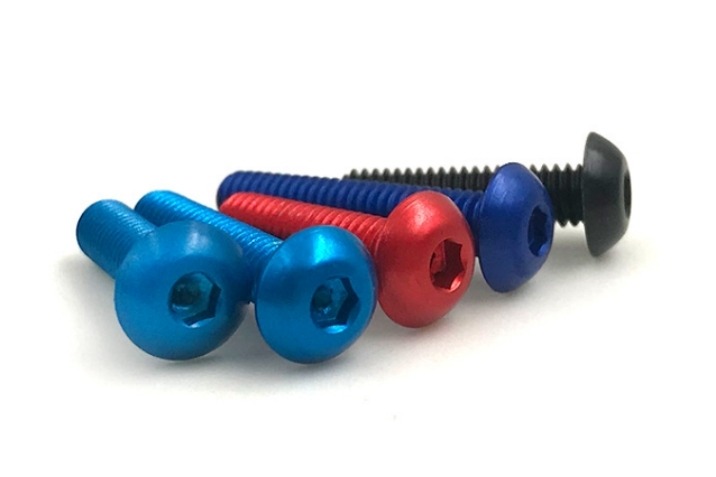
Conclusion
Screw surface treatment methods play a critical role in the appearance, performance, and durability of screws. The choice of surface treatment method depends on the specific application and requirements, such as the environment in which the screw will be used, the desired appearance of the screw, the cost of the surface treatment method, and the strength of the screw.
It is important to note that not all surface treatment methods are created equal. Some surface treatment methods, such as oxidation and phosphating, provide minimal corrosion protection and are not suitable for use in harsh environments. Other surface treatment methods, such as hot-dip galvanizing and zinc-nickel alloy plating, provide excellent corrosion protection and can be used in a variety of applications.
When choosing a screw surface treatment method, it is important to consult with a qualified fastener supplier. They can help you choose the best surface treatment method for your specific needs.
The following table summarizes the key advantages and disadvantages of the different screw surface treatment methods:
| Surface Treatment Method | Advantages | Disadvantages |
| Oxidation | Simple and affordable | Provides no corrosion protection |
| Phosphating | More durable and corrosion-resistant than oxidation | Not suitable for screws that will be exposed to harsh chemicals or extreme weather conditions |
| Electroplating | Provides good corrosion protection for screws that will be used in a variety of environments | Can be susceptible to hydrogen embrittlement, which can reduce the strength of the screw |
| Hot-Dip Galvanizing | Provides excellent corrosion protection for screws that will be used in harsh environments | More expensive than other surface treatment methods |
| Zinc-Nickel Alloy Plating | Provides excellent corrosion protection and wear resistance | Less susceptible to hydrogen embrittlement than zinc plating |
| Duracoat | Provides excellent corrosion protection and wear resistance | Has a good appearance |

